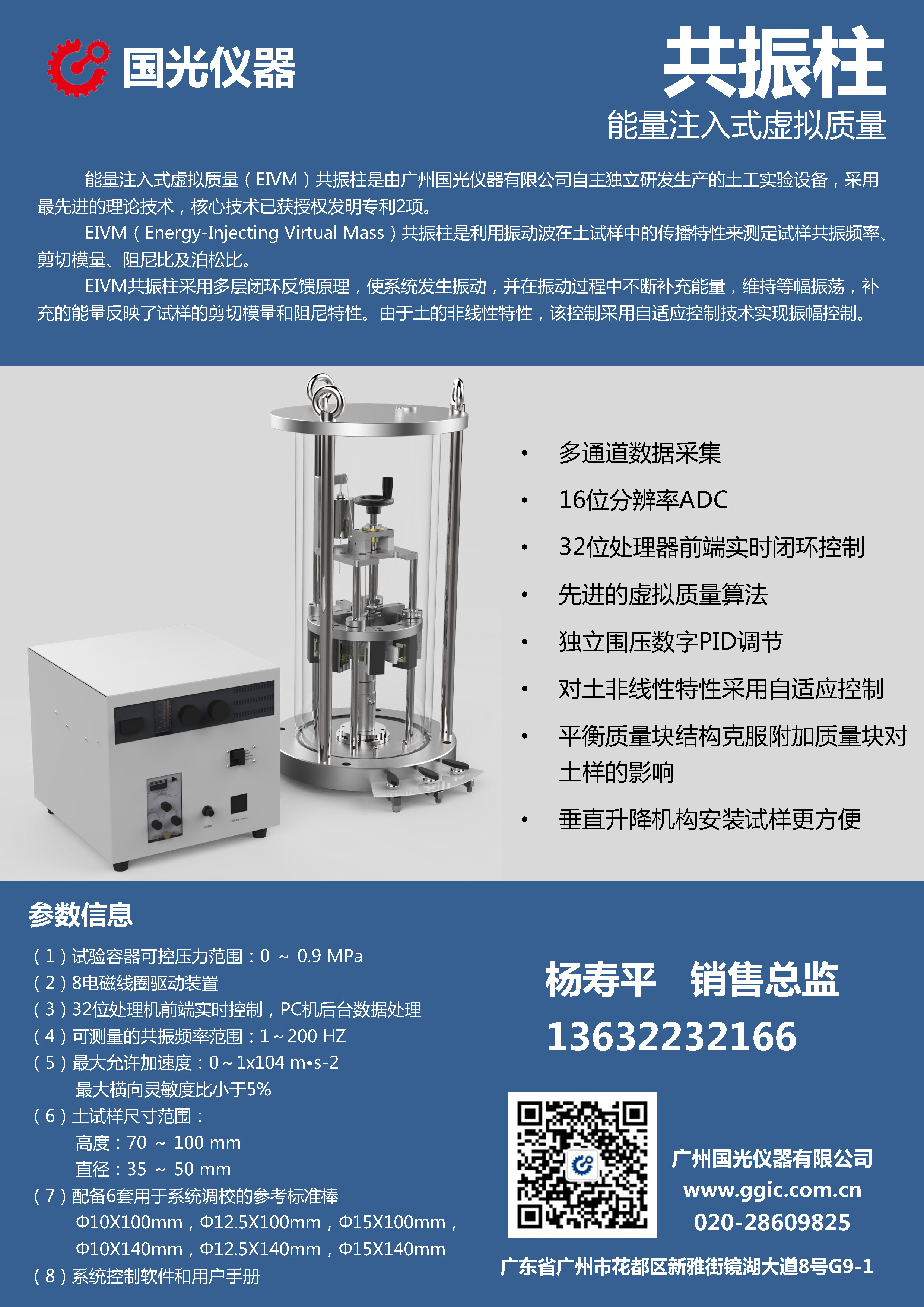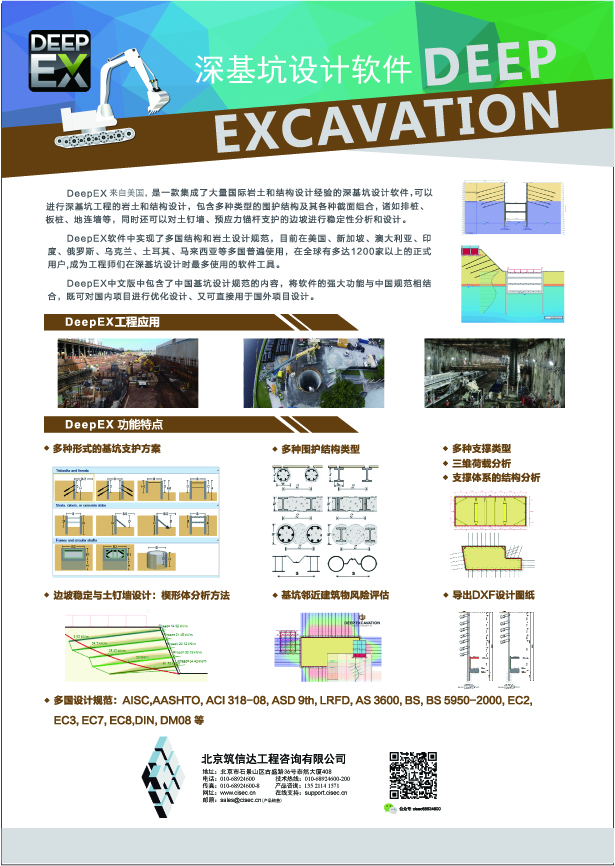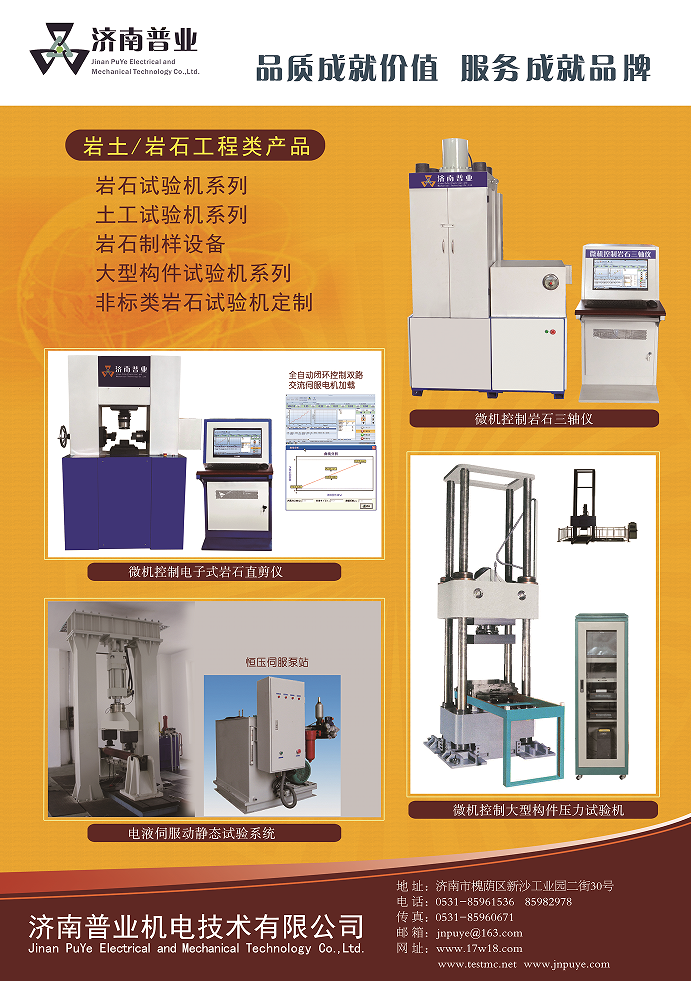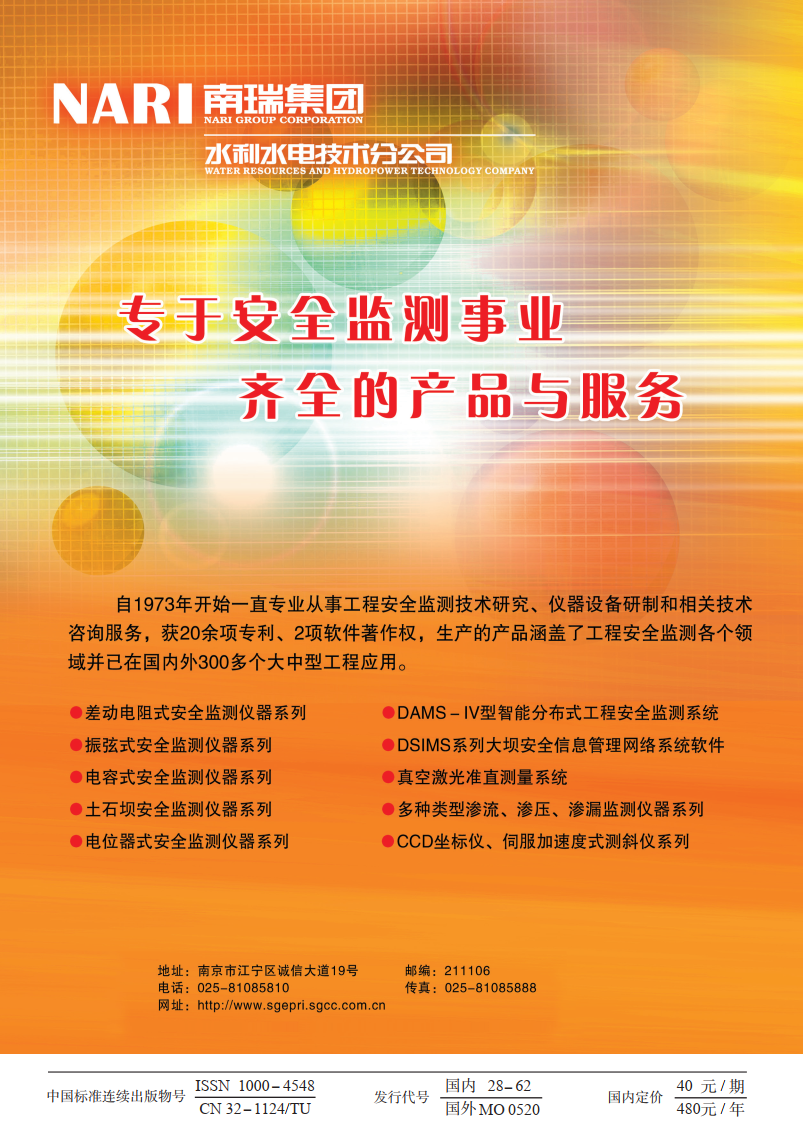| [1] |
郑 刚, 龚晓南, 谢永利, 等. 地基处理技术发展综述[J].土木工程学报, 2012, 45(2): 127-146. (ZHENG Gang, GONG Xiao-nan, XIE Yong-li, et al. State-of-the-art techniques for ground improvement in China[J]. China Civil Engineering Journal, 2012, 45(2): 127-146. (in Chinese))
|
| [2] |
GB50007—2011 建筑地基基础设计规范[S]. 北京: 中国建筑工业出版社, 2011. (GB50007–2011 Code for design of building foundation[S]. Beijing: China Architecture and Building Press, 2011. (in Chinese))
|
| [3] |
张在明. 北京地区高层和大型公用建筑的地基基础问题[J].岩土工程学报, 2005, 27(1): 11-23. (ZHANG Zai-ming. Problems on foundations of high-rise and large-scale public building in Beijing area [J]. Chinese Journal of Geotechnical Engineering, 2005, 27(1): 11-23. (in Chinese))
|
| [4] |
JGJ79—2012 建筑地基处理技术规范[S]. 北京: 中国建筑工业出版社, 2012. (JGJ79—2012 Technical code for ground treatment of buildings[S]. Beijing: China Architecture and Building Press, 2012. (in Chinese))
|
| [5] |
GB/T50783—2012 复合地基技术规范[S]. 北京: 中国技术出版社, 2012. (GB/T50783—2012 Technical code for composite foundation[S]. Beijing: China Technology Press, 2012. (in Chinese))
|
| [6] |
韩云山, 白晓红, 梁仁旺. 浅论地基承载力的深度修正[J]. 岩土力学, 2003, 24(增刊): 541-544. (HAN Yun-shan, BAI Xiao-hong, LIANG Ren-wang. Analysis of depth modification of subgrade bearing capacity[J]. Rock and Soil Mechanics, 2003, 24(S0): 541-544. (in Chinese))
|
| [7] |
LADD C C. Stress-strain modulus of clay in undrained shear[J]. Journal of the Soil Mechanics and Foundations Division, ASCE, 1964, 90(5): 103-132.
|
| [8] |
AMBILY A P, SHAILESH R. Behavior of stone columns based on experimental and FEM analysis[J]. Journal of Geotechnical and Geoenvironmental Engineering, ASCE, 2007, 133(4): 405-415.
|
| [9] |
魏 芸, 闫澍旺. 碎石墩复合地基的承载机理及破坏过程[J]. 土木工程学报, 2011, 44(7): 111-118. (WEI Yun, YAN Shu-wang. Bearing mechanism and destruction process of stone column composite foundations[J]. China Civil Engineering Journal, 2011, 44(7): 111-118. (in Chinese))
|
| [10] |
HUGHES J M O, WITHERS N J. Reinforcing of soft cohesive soils with stone columns[J]. Ground Engineering, 1974, 18(4): 267-290.
|
| [11] |
HUGHES J M O, WITHERS N J, GREENWOOD D A. A field trial of reinforcing effect of stone column in soil[J]. Géotechnique, 1975, 25(1): 31-44.
|
| [12] |
BRAUNS J. Die anfangstraglast von schottersaulen im bindigen untergrund[J]. Die Bautechnik, 1978, 8(2): 263-271. (BRAUNS J. The initial load of graval pile in the clay foundation[J]. The Construction Technology, 1978, 8(2): 263-271. (in Germany))
|
| [13] |
MADHAV M R, VITKAR P P. Strip footing on weak clay stabilized with a granular trench or pile[J]. Canadian Geotechnical Journal, 1978, 15(4): 605-609.
|
| [14] |
ABOSHI H, ICHIMOTO E, HARADA K, et al. The composer—A method to improve the characteristics of soft clays by inclusion of large diameter sand columns[C]// Proceedings of International Conference on Soil Reinforcement. Paris, ENPC-LCPC 1979: 211-216.
|
| [15] |
BOUASSIDA M, HADHRI T. Extreme load of soils reinforced by columns: the case of an isolated column[J]. Soils and Foundations, 1995, 35(1): 21-35.
|
| [16] |
MUIR WOOD D, HU W, NASH D F T. Group effects in stone column foundations: model tests[J]. Géotechnique, 2000, 50(6): 689-698.
|
| [17] |
BARKSDALE R D, BACHUS R C. Design and construction of stone columns[C]// Rep No FHWA/RD, Federal Highway Administration. Washington D C, 1983.
|
| [18] |
赵明华, 刘建华, 刘代全, 等. 碎石桩复合地基承载力分析[J]. 公路, 2003, 1(1): 21-24. (ZHAO Ming-hua, LIU Jian-hua, LIU Dai-quan, et al. Analysis of bearing capacity of stone columns compound ground[J]. Highway, 2003, 1(1): 21-24. (in Chinese))
|
| [19] |
张爱军, 谢定义. 复合地基三维数值分析[M]. 北京: 中科学出版社, 2004. (ZHANG Ai-jun, XIE Ding-yi. Three- dimensional numerical analysis of composite foundation[M]. Beijing: Science Press, 2004. (in Chinese))
|
| [20] |
刘 杰, 张可能. 散体材料桩复合地基极限承载力计算[J]. 岩土力学, 2002, 23(2): 204-207. (LIU Jie, ZHANG Ke-neng. Calculation of ultimate bearing capacity of composite foundation on discrete material pile[J]. Rock and Soil Mechanics, 2002, 23(2): 204-207. (in Chinese))
|
| [21] |
BOUASSIDA M, BUHAN P DE, DORMIEUX L. Bearing capacity of a foundation resting on a soil reinforced by a group of columns[J]. Géotechnique, 1995, 45(1): 25-34.
|
| [22] |
ABUSHARAR S W, HAN J. Two-dimensional deep-seated slope stability analysis of embankments over stone column-improved soft clay[J]. Engineering Geology, 2011, 120(1): 103-110.
|
| [23] |
BUHAN P D, MANGIAVACCHI P, NOVA R, et al. Yield design of reinforced earth walls by a homogenization method[J]. Géotechnique, 1989, 39(2): 189-201.
|
| [24] |
HASSEN G, BUHAN P D, ABDELKRIM M. Finite element implementation of a homogenized constitutive law for stone column-reinforced foundation soils, with application to the design of structures[J]. Computers and Geotechnics, 2010: 40-49.
|
| [25] |
GREENWOOD D A. Mechanical improvement of soils below ground surface[C]// Proceedings Conference on Ground Engineering. London: Institution of Civil Engineers, 1970: 11-22.
|








 下载:
下载:
